CAIRO – 7 June 2021: The land of Egypt is full of monuments and historical sites. Even its bridges have a glorious history. The North African country houses many historical bridges, the construction of which began in 1856 during the reign of Khedive Said Pasha.
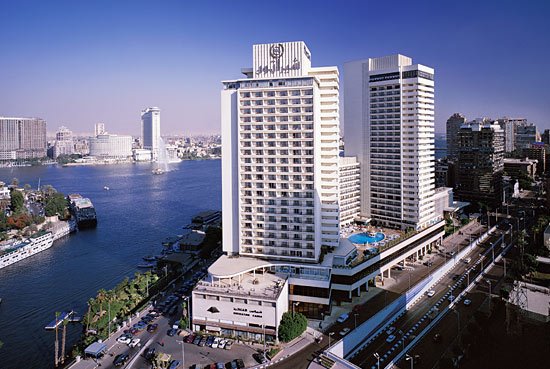
El-Galaa Bridge:
It was previously known as the English Bridge, and after the July 1952 Revolution, it was called the El-Galaa Bridge. It was established in 1914, to meet the Qasr al-Nil Bridge from the side of the western branch. Its length is 145 meters, and its width is 19 meters. The news of its construction came in the Egyptian newspaper Al-Waqa’i on February 13, 1872.
This bridge has recently witnessed development work, including the bridge’s expansion and the according development of the bridge's ramps and houses surrounding it, to match the expected density of cars.
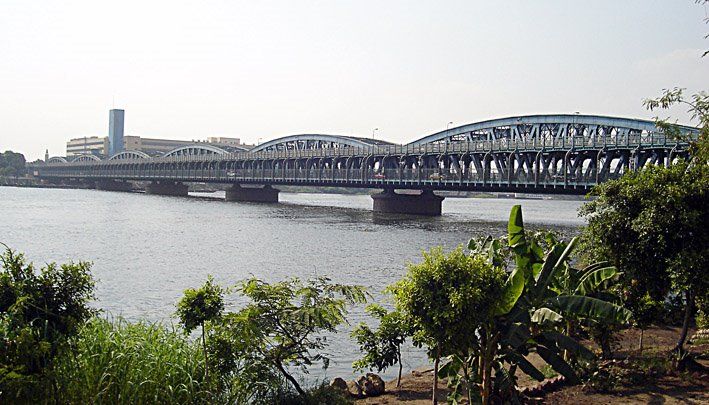
Imbaba Bridge:
It is also called the Upper Egypt Train Bridge. It is an iron bridge located north of Cairo on the Nile River and connects Cairo and Giza by two lanes for cars, two lanes for pedestrians, and a railway for trains connecting Upper Egypt and Cairo.
The bridge was designed by French engineer David Tremblay. It was officially opened in 1892 during the reign of Khedive Abbas Helmy II. Initially, the bridge was 495 meters long, and modifications were made to it. In 1927, part of it was transferred to Damietta, which is now known as the Damietta Bridge.
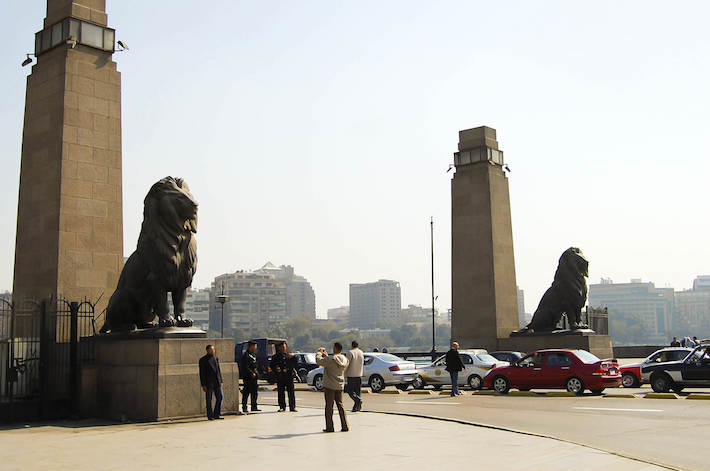
Qasr El-Nil Bridge:
It is the first bridge to be built on the Cairo Nile. Its construction began in 1869 during the reign of Khedive Ismail, where he issued a high order to the Public Works Department in 1865 to build a bridge linking Cairo and El-Gezira at a cost of L.E. 113,850. A French company built it, to be completed in the middle of 1871, with a length of 406 meters and a width of 10.5 meters, including 2.5 meters for the two side berths and a road with a width of 8 meters. The cost of its establishment amounted to L.E. 110,000.
The four lions at the bridge entrances have become an essential part of its design. They are bronze statues that were manufactured in France. The bridge allowed the transportation of goods and people easily and helped protect boat owners and fishermen from the waters of the Nile in times of flood.
Crossing the bridge was not free when it was built. Immediately after the construction was completed, Khedive Ismail issued a decree to put barriers at the two entrances of the bridge to pay crossing fees, the details of which were published in the Egyptian Al-Waqa’i newspaper on February 27, 1872, 17 days after the opening of the bridge.
These fees were intended to be used to cover maintenance and construction costs. It was decided to impose transit fees according to the type of use. At the end of the 20th century, crossing the bridge became free of charge.
After 59 years of the construction of the bridge, a new bridge was built in place of the old bridge to meet the increasing need for transportation and modern payloads, and to match the urbanization that Cairo reached during the reign of King Fouad I. He laid the foundation stone for the new bridge on February 4, 1932, in memory of his father, and named it Khedive Ismail Bridge.
The bridge that exists now is 382 meters long and 20 meters wide, and cost L.E. 291,955.It was inaugurated by King Fouad I in March 1933.
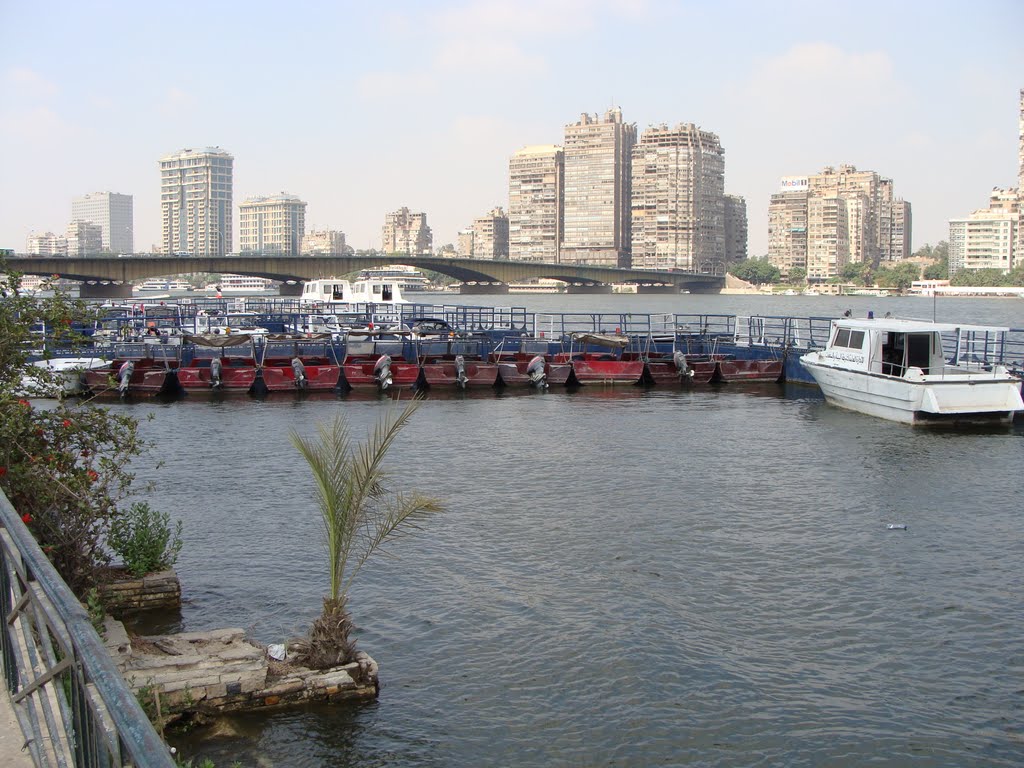
Abbas Bridge:
Abbas Bridge bears the name of Khedive Abbas Helmy II who inaugurated it in 1908. The name was changed after the July 1953 revolution to Giza Bridge, but Egyptians still use the same old name that it had been famous for over the decades.
Abbas Bridge witnessed several restorations until these could provide no radical solution for the effect of time, so it was decided to build another bridge in the same place. After nearly 60 years of service, traffic on it was completely stopped, and workers began removing it to construct the current bridge.
With the setback of 1967, construction work stopped for a while, and the project remained closed until its construction resumed. The bridge was reopened in 1971.
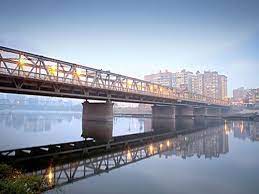
Benha Bridge:
The archaeological bridge in Kafr El-Gazzar, Benha was built during the reign of King Fouad I, and carried his name. It connects Benha with a number of villages and main roads.
The bridge is an essential witness to the encounters of lovers in different eras, and the cinema also dealt with the bridge as a symbol of the love story of the two protagonists of the movie "Heen Maysara".
Comments
Leave a Comment